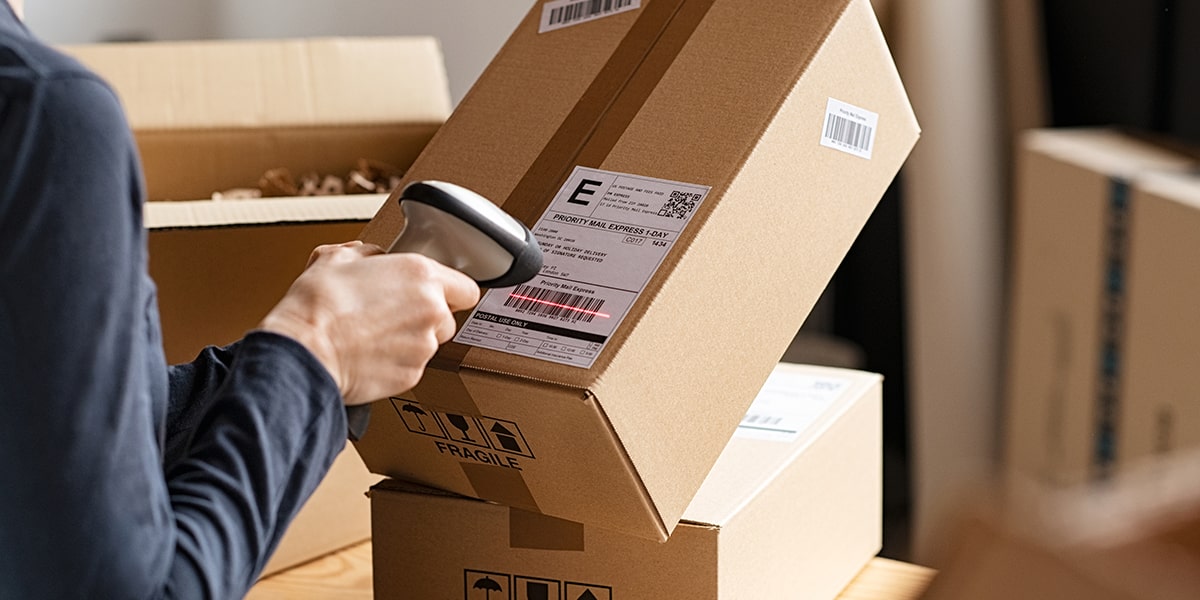Moisture Barrier Testing in Packaging Materials
In today's competitive marketplace, ensuring that packaging materials maintain their intended moisture barrier properties is paramount. This is especially true for consumer products where the integrity of the packaging can significantly impact product quality and safety. Moisture barrier testing plays a critical role in confirming whether packaging meets industry standards and regulatory requirements.
Water vapor transmission rate (WVTR) is one of the key parameters tested during moisture barrier analysis. This measurement indicates how much water vapor passes through the material over time, often expressed as grams per square meter per day (g/m²/day). Packaging materials with higher WVTR values are less effective at preventing moisture ingress.
Common packaging materials that undergo moisture barrier testing include plastic films, laminates, and multi-layered structures. These tests ensure that the packaging not only protects against moisture but also retains its structural integrity under various environmental conditions such as temperature and humidity fluctuations.
The importance of this testing cannot be overstated, particularly for products like pharmaceuticals, cosmetics, and electronics which are sensitive to moisture exposure. For instance, excessive water vapor can lead to product spoilage or degradation, affecting both consumer health and safety. Therefore, manufacturers must ensure that their packaging materials meet stringent standards.
Compliance with international standards such as ISO 15106-2:2017 for plastic films and sheets is crucial in the pharmaceutical sector. This standard provides guidance on measuring water vapor permeability of plastic films and sheets used in packaging to ensure that they meet regulatory requirements.
In summary, moisture barrier testing is essential for maintaining product integrity and ensuring compliance with industry standards. By conducting rigorous testing, manufacturers can guarantee their products' safety and efficacy while meeting regulatory expectations.
Applied Standards
The primary standard used in moisture barrier testing is ISO 15106-2:2017, which specifies the procedure for determining water vapor permeability of plastic films and sheets. This international standard ensures that tests are conducted consistently across different laboratories, providing reliable and comparable results.
Other relevant standards include ASTM D3985-14, which provides procedures for measuring moisture vapor transmission rate using cup method, and EN 12670:2007, which covers the determination of water vapor permeability through plastic films. These standards provide comprehensive guidelines that help ensure accurate testing results.
Adherence to these standards ensures consistency in test procedures across various laboratories, thereby enhancing trustworthiness and reliability of the test outcomes. Manufacturers can rely on these standardized methods to verify that their packaging materials meet required specifications.
Scope and Methodology
The scope of moisture barrier testing includes evaluating how well different types of packaging materials prevent water vapor from penetrating them. This evaluation is typically done using a variety of techniques depending on the specific requirements set by industry standards.
For instance, cup method (ASTM D3985-14) involves placing the specimen in a sealed container with controlled humidity levels. After a specified period, the difference in weight between the initial and final states indicates the amount of water vapor that has passed through the material. Another common technique is the gravimetric method, which measures changes in mass over time to determine WVTR.
Specimen preparation involves cutting samples from larger sheets or rolls to standard sizes suitable for testing. Careful handling and storage are essential to prevent any alterations to the specimens' properties before testing begins. Once prepared, these samples undergo rigorous testing under controlled environmental conditions to ensure accurate results.
The choice of instrumentation plays a crucial role in obtaining precise measurements. Instruments like moisture barrier testers equipped with precision scales provide reliable data for determining WVTR. These devices are designed to maintain stable environments during tests, further enhancing the accuracy and reliability of test outcomes.
Use Cases and Application Examples
| Use Case | Application Example |
|---|---|
| Pharmaceutical Packaging | Packaging for tablets and capsules must prevent moisture ingress to maintain product stability. |
| Cosmetics and Personal Care Products | Moisture barrier testing ensures that containers protect sensitive products like serums from degradation. |
| Electronics Packaging | Packaging materials for circuit boards should be moisture resistant to prevent short circuits. |
| Fresh Produce Packaging | Controlling moisture within the packaging can extend the shelf life of perishable goods like fruits and vegetables. |
| Paper-Based Packaging | Testing ensures that corrugated boxes retain their integrity during transportation, protecting contents from damage. |
| Frozen Food Packaging | Moisture barrier testing verifies that packaging maintains the frozen state of products like ice cream and meats. |
| Bakery Products | Packaging must prevent moisture from affecting bread or pastries, maintaining their freshness and quality. |
| Flavored Drinks Packaging | Ensuring that the container prevents condensation formation is important for preserving drink quality. |





